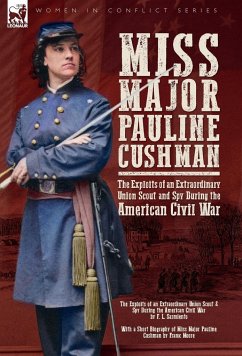"On June 14, 1863, U.S. General John Adams Dix received a dispatch from U.S. General-in-Chief Henry Halleck: 'All your available force should be concentrated to threaten Richmond, by seizing and destroying their railroad bridges over the South and North Anna Rivers, and do them all the damage possible.' Confederate General Robert E. Lee and the Army of Northern Virginia had made their way toward Gettysburg, PA, and now Richmond was virtually unguarded. In response, Dix, who had lived a life of extraordinary public service but possessed limited military experience, gathered his men and began a slow advance. To some, Dix's campaign presented a tremendous chance for U.S. forces to strike hard at Richmond while Lee's Army fought in Pennsylvania. To others, it was an unnecessary lark that tied up forces that could have been deployed more effectively to protect Washington or to fight against Lee on northern soil. Gettysburg's Southern Front points to the often-unrecognized value in examining the American Civil War's lesser-known operations beyond the larger, famous battles and campaigns. At the time, political and military leaders on both sides carefully weighed Dix's operations against Richmond and understood them as having the potential to generate far-reaching impacts. This piece of the Gettysburg Campaign may rank as one of the Union war effort's more compelling lost opportunities, as it could have changed the course of the war"--
Hinweis: Dieser Artikel kann nur an eine deutsche Lieferadresse ausgeliefert werden.
Hinweis: Dieser Artikel kann nur an eine deutsche Lieferadresse ausgeliefert werden.








